Kareem Rahma 'SubwayTakes' Interview
SubwayTakes debuted in early 2023, and it didn’t take long for Rahma, who had previously created the hit cabdriver-interview series Keep the Meter Running, to grow it into a modestly successful platform. But when faced with the task of meaningfully monetizing the show in 2024, he drew from his past experience working in digital media and advertising and decided he had two options: lean into celebrity and influencer collaborations or start cranking out more episodes. He did a fair amount of the former — though he maintains he avoids booking stars making press rounds — but more of the latter. The show scaled from posting two episodes per week when it launched, to four episodes a week in 2024, to its current weekly total of seven. One handy by-product of this prolific posting schedule? More slots for paid partnerships.
It’s a knotty position for a show ostensibly built on authentic conversation. Swap a charming local comedian with a hired hand from a bank whose take is, essentially, “Money is good” enough times and people start to notice. Recently, Rahma found himself the subject of backlash from commenters for an episode sponsored by Microsoft, in which he “100 percent agreed” with a Microsoft spokesperson’s take that she’d “rather talk to AI than go to another meeting.” These growing pains are common for successful new-media platforms like SubwayTakes, and Rahma is trying to navigate them strategically while maintaining his status as an independent creator. “I love the shortform show, and I’ll keep doing it, but it’s just like, How much more juice can I squeeze out this thing?” he says. “The minute it’s not fun is when I’ll be like, Fuck this. I’m out.”
I think just having perspective as … I don’t want to call it an adult, but someone with life and work experience allowed me to think about it beyond just I want to go viral. I think what a lot of younger people who aspire to become influencers or internet celebrities try to do is force or manufacture virality. Having been involved in so many different projects — from Vice and the Times to my own projects — I knew coming into it that thinking about the structure of the show is the most important thing.
I wanted to do something that was not contributing to the void. I didn’t want to do man on the street. Obviously, I am in a theoretical street with the subway, and in the taxi with Keep the Meter Running, but I didn’t want to do it in Washington Square Park, I didn’t want to use the tiny mic, and I didn’t want to interview strangers. Rather than do what everyone else is doing, I was like, I’m going to just make my own new thing. I thought of it as Everyone’s making a podcast. Podcasts are really popular. The clips of podcasts get seen and listened to more than the actual podcasts themselves. So why don’t I just make the simplest version of the podcast, which is the clip?
It’s still expensive. I started the project with my co-creator, Andrew Kuo, and we had a $20,000 budget to start the show. That’s still expensive, but arguably less expensive than a TV show or even producing a weekly podcast. We wanted to give ourselves time to be able to fail and tweak as necessary, and fortunately we didn’t really have to do that.
Fallon.
I like that sound bite.
It’s funny because this article is about the media circuit, which is something that I have not cared about. I never designed this show to attract celebrities. I know the show will be successful without them. We say “no” to them 99.99 percent of the time. We also haven’t done any outreach for the show. I’m trying to pick people who are not making the rounds. If I see them on another show, I’m like, I’m not doing it. I’m more interested in the regular New Yorkers who are working comedians, working musicians, and working actors, and every time I post a video with someone on a press stop, I’m taking away a spot from someone else who probably needs it more. There’s really only 365 spots available if I post every single day, which I do.
I don’t like people who are on the circuit — that’s No. 1. No. 2 is Do I think that they’re cool, interesting, unexpected, and spontaneous? It’s like Jane Goodall or Michael Shannon or Gwen Stefani: Gwen Stefani is a superstar, but it’s weird and entertaining to see her on the show. That’s what I like, because I want to keep my audience entertained and surprised and delighted.
And then obviously I look at the take. Everyone still has to submit takes. My process is I read the takes just to make sure that they haven’t been done before. That’s the only checklist. But I don’t think about it. I don’t know if I agree or disagree. I put zero thought into it until we’re on the show.
I’ll probably get in trouble for this, but Amy Schumer.
Let’s just say she wasn’t the right fit.
That there should be an island where we put all the refugees.
It came from a brown guy! He might have been talking about New York. I can’t remember if it was a global island or a New York island, but I think that’s what he said. I was like, “That is awful. It’s a good take, but it’s an awful idea.”
The fact that he was comfortable saying that out loud and wanting to come on the show … I was like, I’m not even going to entertain that.
After I got my wife pregnant and needed a job.
When I first started doing the show, I was posting only two videos a week. I was kind of just doing it for fun. But I knew that in order to grow, there were two options. One option was to book more celebrities or care about Instagram followers. Because people would put in their emails, “This person has 7 million Instagram followers!” And it would work to book people based on their page size and social reach, but I literally don’t care. The other option was to continue my own independence and style of wanting to do the show and post more. I decided to post more, because I didn’t want to be beholden to celebrity. I went from two videos per week, to four videos per week, to seven videos a week now. I knew that would work, and it did.
I just try to make our branded content be as endemic and native as possible. I really respect the audience, so in the same way that we’re gonna say “no” to a person because they’re not cool … [Pauses.]
We have a really good relationship with brands, honestly. I have been fortunate enough to not really have any blowback from my audience most of the time. I’d say 90 percent of the time, people are cool with it because we don’t change the show. You either plug into the format or we don’t do it. There have been people who are like, “We want you to do this at our store,” and I’m like, “No.” And there are people who are like, “We were thinking we could be on the way to this opening, and you get off the train and then go interview people on the red carpet,” and I’m like, “No.”
I hold a firm line because I also want the advertisers to be happy. I know what’s going to piss people off, and I don’t want to cross that line. It’s really about balancing the interests of the audience and the brands at the same time. And we can walk away from brands, but a lot of the time they’ll come in with an idea, and we’ll modify that idea to fit the show. It is a lot of push and pull, but generally speaking, everyone walks away happy and satisfied, and no one feels like they got the short end of the stick.
That’s a question for my management. I don’t know how much of it is inbound and how much of it is pitching. But the team itself, we have probably five shooters, three editors, and my partner, Andrew Kuo. Me and Andrew work on it full time and then everyone else is kind of on call.
Yeah. I get pulled in when we’re discussing the creative, and I like it that way. Initially, I was in all the calls and stuff, but then once everyone kind of understood what I wanted and what I didn’t want, people figured it out.
Yeah. That was a misunderstanding.
What happened was people thought I got paid to agree. I was joking that I would rather talk to an AI than go to a meeting. I had the option to disagree, but then I would have been pro-meeting, which I’m not. For me, it was a critique of meeting culture. I feel like I missed the mark in my own comedic timing, delivery, and in the edit. I still oversee and approve every single edit, but with every video before and after that we’ve posted on behalf of an advertiser, either no one says anything negative or people say positive things like, “Get the bag,” which I appreciate from my audience. Thank you for allowing me to get the bag. I need the bag to pay everyone who works on the show very, very good wages.
It depends on the brand. Again, I don’t really get involved in that, other than like, “Hey, this brand wants to do this thing where you’re holding this thing,” and I’ll either be like, “I don’t want to hold that thing” or “Can someone else hold the thing?” I will say, though, I will never be paid to agree. I’ve always allowed myself to be able to say whatever I want. None of them are scripted. There’s never a time where they’re like, “We need to hit this message” or “Kareem needs to say this thing.”
I don’t own their intellectual property.
It’s their joke. I’ve never thought about it. I don’t know. If they want me to take the video down, I’ll take it down.
People have thanked me — and I don’t want to be thanked, and I am not doing this out of charity, but I am a comedian, and I know how hard being a comedian is, and to build a platform that I can share with my friends and with my peers … They’re my community. If you have to bucket me into a community of people in New York, I always say I’m a comedian. Now it encompasses more, so maybe an “entertainer.” But I care about the people on the show as much as I care about the audience. I know that I’m in a special place at the moment, and I take it seriously. Sorry to go off-the-cuff, but I’ve never been asked that question. I have no idea what the answer is. People come on and they say what they want to say, and I don’t think I own it.
That’s why I also have chosen to collab post on every single video, if they accept it. Because it felt unfair to just tag them or to not tag them at all. I made that decision early on that, if I can’t pay every guest money, I would at least be able to provide them with a collab post. And, like I was saying, so many people have hit me up and been like, “Thank you so much. I just got 20,000 new followers,” which, if you’ve ever worked on the internet, you know getting 20,000 new followers could take literally four years.
I think, for what I’m doing, it’s better to be independent. I don’t have anyone telling me what to do, and I think the show remains as good as it is because of that. The team is small and well paid, and everyone’s happy and making a living, and I think that changes if you all of a sudden have to account for someone else’s interests that might not always be aligned. The most important thing is that the show doesn’t really need anything else. It just needs me, a great guest, and a great take. But then there are other formats, like Keep the Meter Running, which I think would be so much better if it had someone traditional backing it, because that format deserves to be expanded and those stories deserve to be told. It just depends on the show.
were working with Ramy Youssef on a television adaptation of that show. How’s that going?
Great! I don’t want to say anything more other than “great.”
What motivated the decision to blow out SubwayTakes into the podcast version and SubwayTakes Uncut?
It honestly came out of my own boredom. I was like, I’m bored of this specific thing over and over and over. We might as well try something new. And everyone agreed that it was a good idea. It came out of me just wanting to do something expanded on a new platform and to get away from shortform, vertical, unscripted video content and try a YouTube version of the show.
How do you think about expanding the SubwayTakes franchise from a business perspective, at this point? Do you see yourself continuing to do this for the foreseeable future?
One thing that we do that has been really fun is travel. We’ve been to Chicago, Paris, and London, and it’s been so fun in every city. So I’d like to do more of that. We have a live show that we’ve done twice so far, and that, again, is really fun for me and fun for the audience. Both shows have been sold out, so there’s a desire to make that bigger and maybe do some sort of New York City residency or go on a tour. Of course, I love the shortform show, and I’ll keep doing it, but it’s just like, How much more juice can I squeeze out this thing? It is not financial, because anything else I do, I lose money. I lose money on SubwayTakes Uncut; I lose money on SubwayTakes the podcast; I lose money on SubwayTakes Live!; I lose money by flying my team to Paris for four days. But it’s fucking fun. The minute it’s not fun is when I’ll be like, Fuck this. I’m out.
You can tell, when you’re watching these shows, who is hired to host the show and who is the creator of the show. The creator of the show, generally speaking, always has more fun because they know they can quit at any time. They can book their own guests, and they can work with brands how they want to work with brands. That is an important piece of the puzzle that not every show has and maybe contributes to the fact that not every show is a wild hit. You can see the passion. I’m passionate; I love it. It’s so fun.
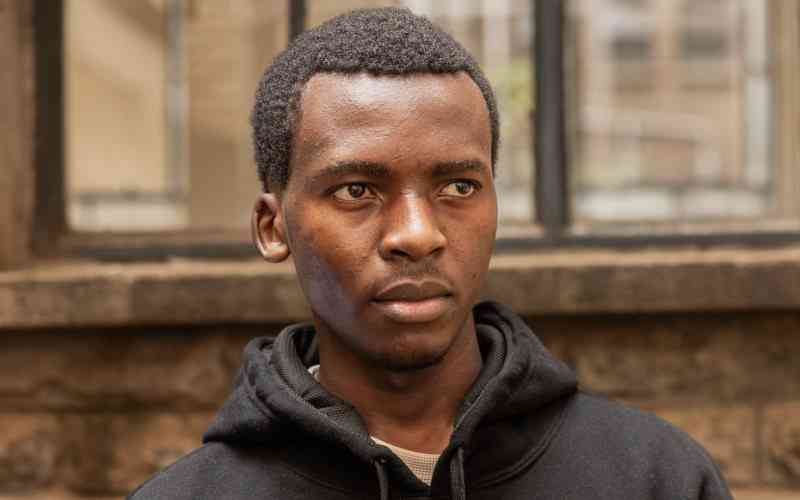
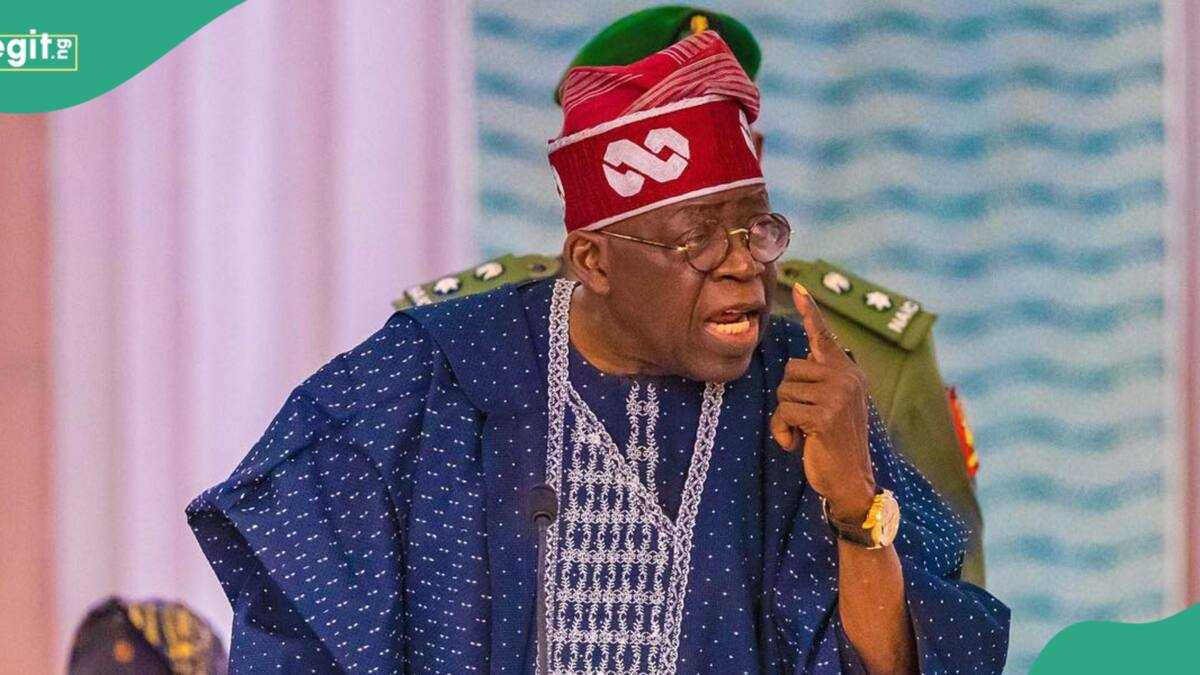

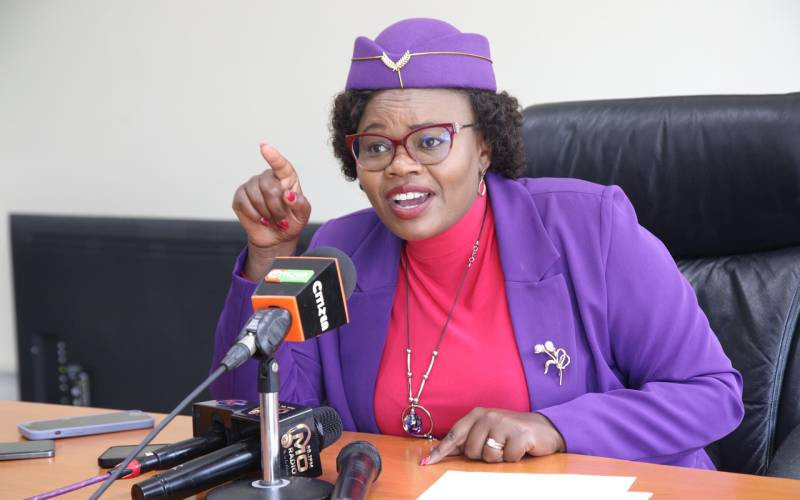




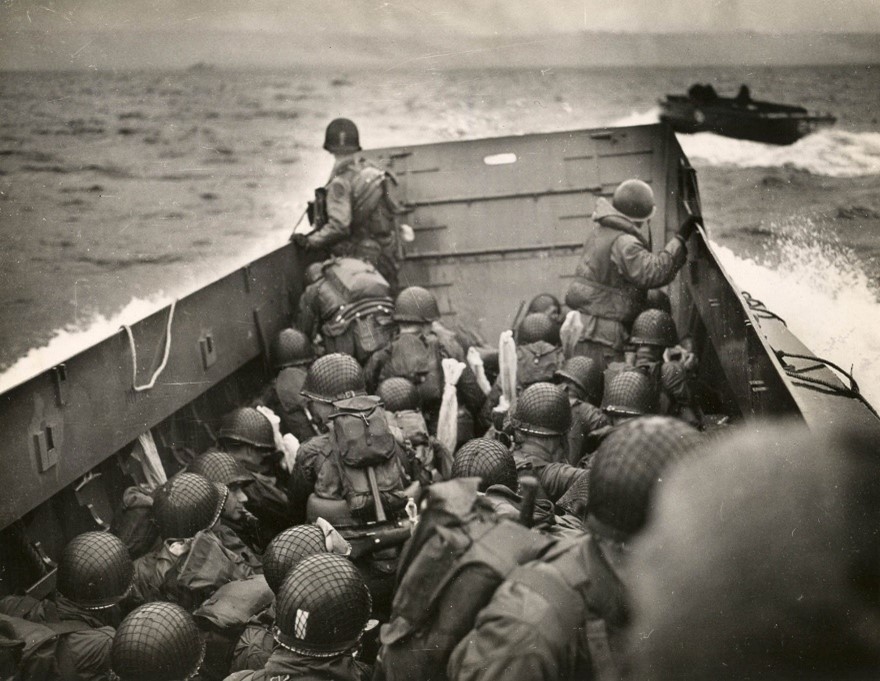
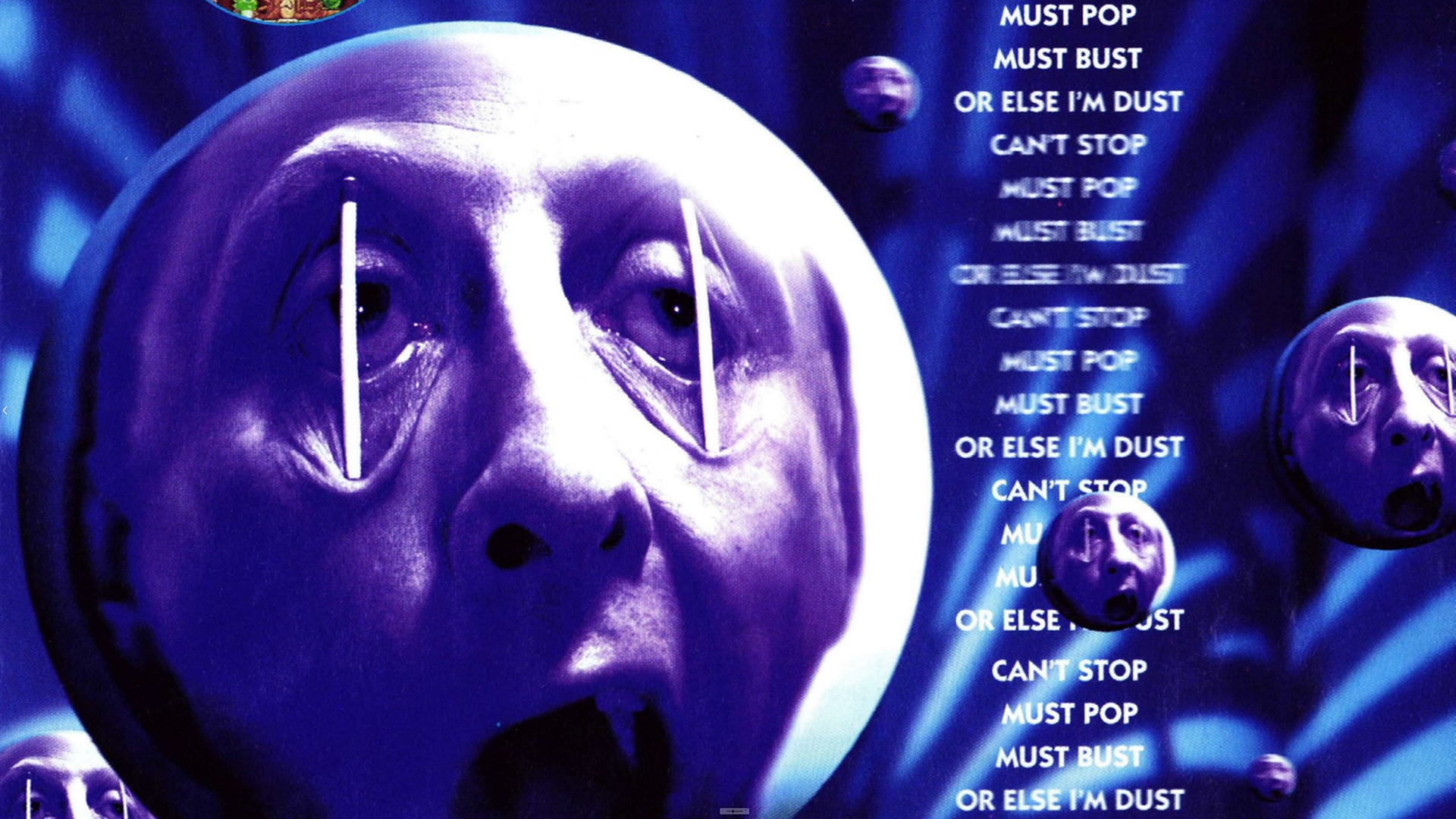

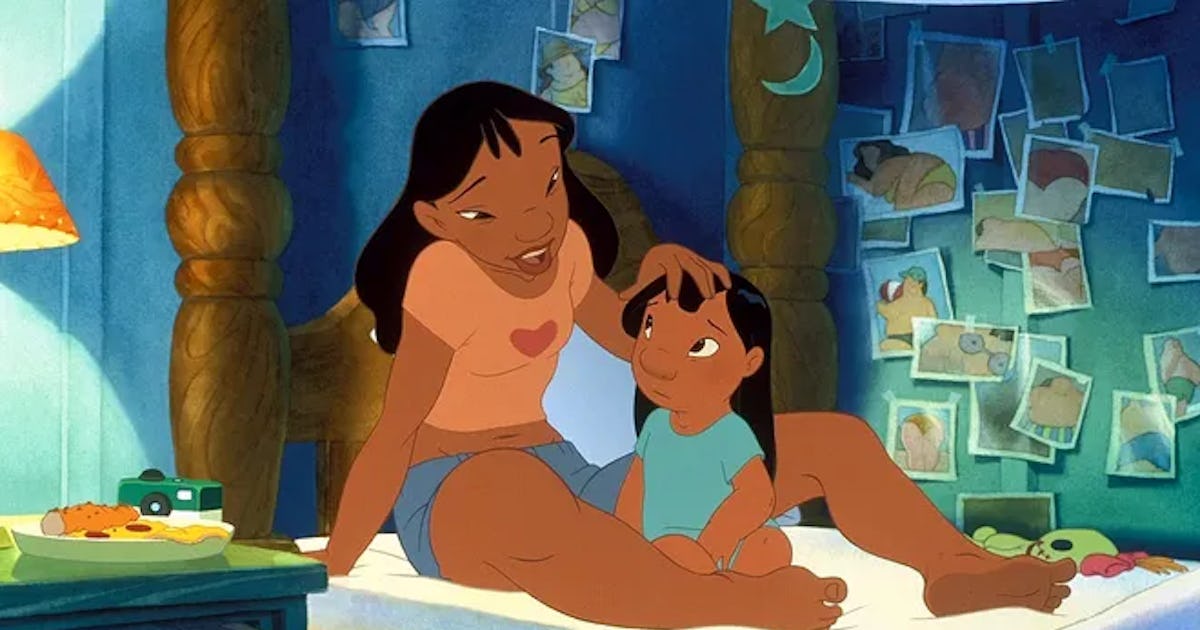
:max_bytes(150000):strip_icc()/prt-10-popular-toys-from-amazons-toys-we-love-list-are-on-sale-at-this-secret-outletup-to-52-off-tout-c79c2a8802614d9084d0c082048f73bb.jpg)
